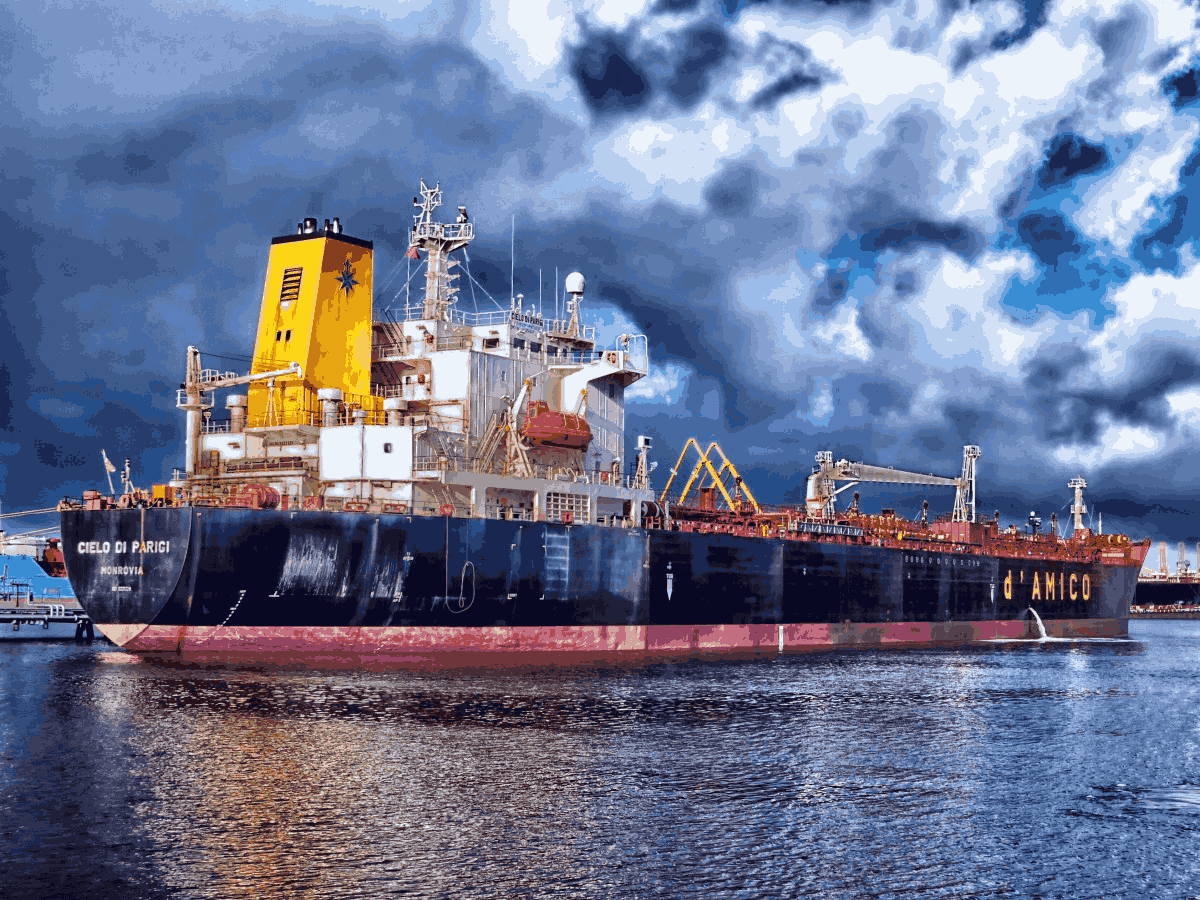Why the USCG is Very Strict with PSC Inspections Onboard Ships?
Port State Control (PSC) inspections are designed to ensure a safer and more environmentally responsible shipping industry. For vessels operating along U.S. waters, these inspections are particularly rigorous, as they are overseen by the United States Coast Guard (USCG). Maritime professionals and shipowners often label USCG PSC inspections as some of the strictest in the world. But why is the USCG so stringent in their approach?
This article explores the critical role of USCG inspections, common reasons ships fail, and how shipowners can better prepare to meet compliance standards.
The Importance of PSC Inspections
PSC inspections are vital for safeguarding global shipping operations. These checks ensure that vessels meet international safety standards and are environmentally compliant. The primary goals are to prevent maritime accidents, protect ocean ecosystems, and enhance the welfare of crew members.
Failing to comply with PSC standards can lead to severe consequences, such as detention, hefty fines, or reputational damage for shipowners. Ports in the United States—being among the busiest and most regulated globally—leave no room for negligence. It should come as no surprise, then, that the USCG adopts a proactive and uncompromising stance when conducting these inspections.
Understanding the Role of the USCG
The USCG plays a dual role as both a lifesaving and regulatory agency. Among its many responsibilities is ensuring the safety and security of vessels entering U.S. ports. Through PSC inspections, the USCG enforces compliance with international conventions, such as the Safety of Life at Sea (SOLAS), the International Convention for the Prevention of Pollution from Ships (MARPOL), and the International Ship and Port Facility Security (ISPS) Code.
Unlike other port states, the USCG uses an innovative targeting matrix that assesses vessels based on risk. Factors such as a ship’s age, flag state compliance history, and inspection track record are all taken into account. This data-driven approach enables the agency to focus on higher-risk vessels while maintaining high safety standards across the board.
Why USCG Inspections are More Stringent
The USCG’s reputation for thorough and uncompromising PSC inspections stems from three overarching priorities:
- Safety: The USCG is determined to minimize risks to life, both among the crew onboard and in coastal communities. Even minor safety violations are taken seriously to prevent potential disasters.
- Environmental Protection: Pollution from ships can wreak havoc on marine ecosystems. The USCG enforces strict rules to reduce environmental hazards, reflecting its commitment to sustainable shipping practices.
- Homeland Security: The USCG’s PSC inspections also prioritize national security, as vessels entering U.S. waters are carefully scrutinized for potential maritime threats.
This trifecta of safety, environmental stewardship, and security makes USCG inspections among the most meticulous worldwide.
Common Issues Leading to PSC Detentions
Some of the most frequent deficiencies identified during USCG PSC inspections include the following:
- Faulty Safety Equipment: Lifeboats, fire extinguishers, and other critical safety equipment are often poorly maintained or non-functional.
- Pollution Control Violations: Non-compliance with MARPOL regulations, such as malfunctioning oily water separators, regularly leads to detentions.
- Certificate Irregularities: Missing or expired documentation, including Certificates of Competency, frequently cause delays.
- Crew Competency Issues: Improperly trained crew members or a lack of understanding regarding safety protocols can result in a negative report.
- Structural Deficiencies: Issues such as corroded hulls or compromised watertight integrity often reflect poorly during inspections.
By addressing these problems preemptively, shipowners can greatly reduce the risk of detention.
The Impact of PSC Inspections on Shipowners
The financial and operational impacts of failing a USCG inspection can be significant. Detention delays alone can cost shipowners thousands of dollars daily in lost revenue. Beyond direct costs, there’s the reputational damage that comes with a history of non-compliance. Vessels flagged as non-compliant may find it difficult to secure charters and may even face stricter scrutiny in other ports worldwide.
Additionally, repeat inspections or fines can strain company resources. Maintaining a culture of compliance not only avoids these avoidable costs but establishes trust with clients and governing bodies.
Compliance and Preparation Strategies
Adopting a proactive approach is key to acing USCG PSC inspections. Here’s how shipowners and maritime professionals can prepare effectively:
1. Conduct Regular Internal Audits
A rigorous internal inspection, modeled on PSC criteria, will help identify and address potential deficiencies before a formal inspection.
2. Maintain Critical Equipment
Routine maintenance and testing of equipment—especially lifesaving appliances and pollution control systems—should be a top priority.
3. Ensure Proper Documentation
All certificates, licenses, and records must be up to date and readily accessible during inspections.
4. Train the Crew Thoroughly
Crew competency plays a huge role in PSC success. Regular safety drills and compliance training can bridge knowledge gaps and prepare crew members for inspection inquiries.
5. Use Risk Assessment Tools
Leverage tools, such as the USCG’s Port State Control Safety Targeting Matrix, to evaluate the likelihood of a ship being targeted for inspection.
By staying vigilant and prioritizing compliance, shipowners can avoid costly PSC detentions and ensure smooth sailing.
Lessons from Real-World Case Studies
Case Study 1: The Engine Room Malfunction
A bulk carrier detained in 2022 in the Port of New York displayed significant engine room deficiencies, including inadequate maintenance records. Had the crew conducted routine self-assessments, these issues could have been identified and addressed before inspection.
Case Study 2: Non-compliance with Safety Drills
A container ship detained in Miami revealed that the crew lacked proper safety drill protocols. Investing in comprehensive training programs could have prevented this incident and reduced delays.
These real-world examples highlight the importance of readiness—both in terms of maintenance and crew competency.
Safeguard Your Fleet for the Future
The USCG’s strict PSC inspections are not merely about enforcement; they are ultimately about creating a safer and more sustainable maritime industry. For shipowners and maritime professionals, the key to thriving under these regulations lies in preparation and a commitment to continuous improvement.
By prioritizing safety, ensuring environmental protection, and maintaining regulatory compliance, your vessels can pass inspections smoothly and avoid costly detentions. Taking these steps not only enhances ship operations but also underscores your dedication to excellence.
Start investing in compliance today and protect your fleet’s reputation. If you’re looking for resources to prepare, consider professional maritime compliance training programs or subscribe to industry newsletters to stay informed.

